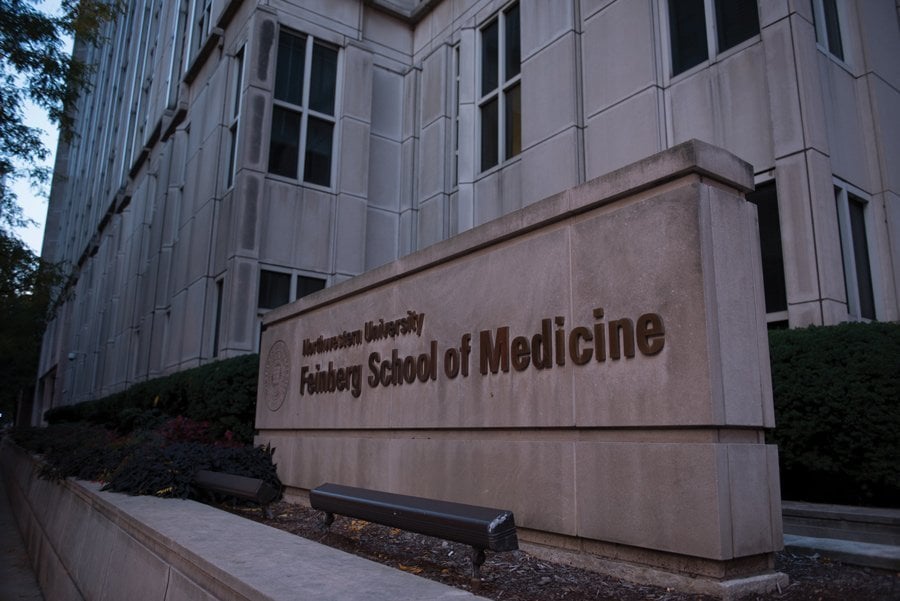Feinberg SuperAger program examines exceptional cognitive aging
Daily file photo by Katie Pach
The SuperAger program focuses on finding how older people can age exceptionally well.
November 14, 2022
Internationally, the population of older people is the largest it has ever been. Cases of aging-related diseases grow in tandem with this trend, but until recently, research on them has primarily focused on dementia.
But an initiative from the Mesulam Center for Cognitive Neurology and Alzheimer’s Disease at the Feinberg School of Medicine is taking the opposite approach. The program studies “SuperAgers,” or those with exceptional cognitive ability at over 80 years old who perform at least as well as their 50- to 60-year-old counterparts.
“If we know what allows (SuperAgers) maintaining cognitive performance in old age … then perhaps we could help those who are demented,” said Feinberg Prof. Changiz Geula, who studies cognitive neurology and cell and development biology.
The study was conceived in 2006, according to Geula, and officially began in 2008.
It takes a multifaceted approach. Feinberg Prof. and Mesulam Center Associate Director Emily Rogalski heads the clinical side, focusing on testing and recruiting SuperAgers. Geula primarily studies the brain tissue and blood products, while Feinberg Prof. Tamar Gefen uses microscopy to examine the postmortem brain.
“SuperAgers give a good opportunity to change that stigma (around aging) by showing that they’re doing so well and contributing in so many different ways to society,” Rogalski said. “It offers … an opportunity to change expectations around aging.”
In September, the Mesulam Center published a paper with some of the SuperAgers’ biological signatures. Generally, SuperAgers have significantly less plaque and tangle in their brains than average older people, meaning they have less of the features of Alzheimer’s patients. Over time, brains degrade and lose mass, specifically in the cerebral cortex. However, when an MRI of a SuperAger is compared to that of someone two to three decades younger, the cerebral cortex volumes are similar.
Geula said the researchers found one part of the cortex, the anterior cingulate cortex, is even thicker for SuperAgers than it is for middle-aged people. He said this cortex has a very specific neuron population of “von Economo neurons” that is much larger for SuperAgers. While these neurons do not have a confirmed purpose, they are common in socially intelligent species.
Last year, the National Institute of Aging and the McKnight Brain Research Foundation gave the program a $20 million grant, allowing it to extend its research to five locations, including one in Canada.
“It extends both the depth and breadth of science we can do,” Rogalski said. “One (project) is… wearable sensors … you can think of these like a Fitbit … they can measure sleep, they can measure activity and other aspects of motor function.”
The program is also currently focusing on diversifying its subjects. Rogalski said the program aims to include more Black participants.
Over the last couple of years, the SuperAger name has also taken off nationally. Currently, though, the professors are focused on the expansion of the project.
“Sometimes what we learn is just a little speck. Sometimes it’s very significant and related to many other things,” Geula said. “Dementia and Alzheimer’s are things we really have not been able to tackle that easily, so there’s a lot to learn, and every day there’s more that we learn.”
Email: [email protected]
Twitter: @kaavya_butaney
Related Stories:
— Feinberg Prof. Susan Quaggin receives American Heart Association recognition


